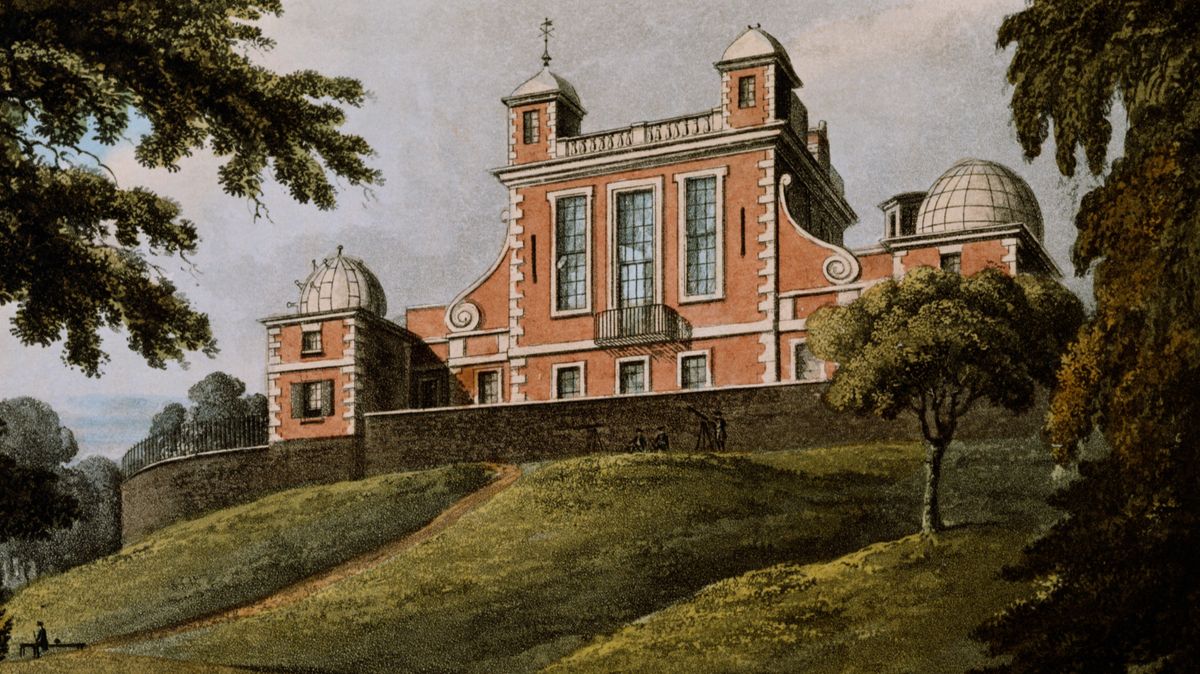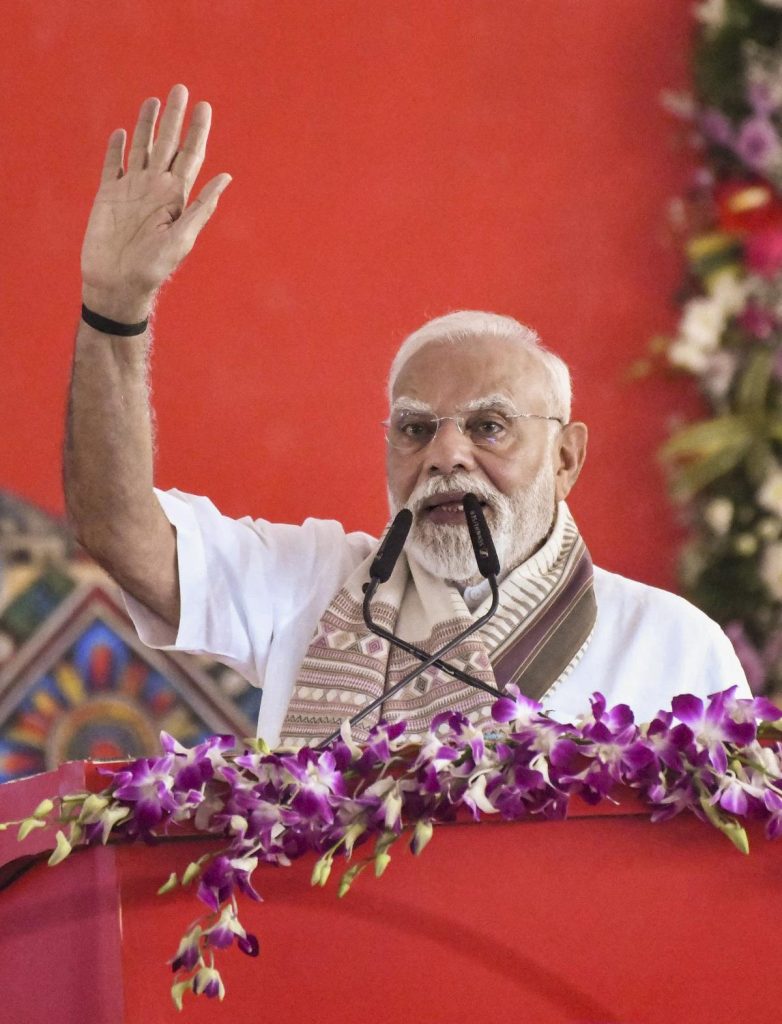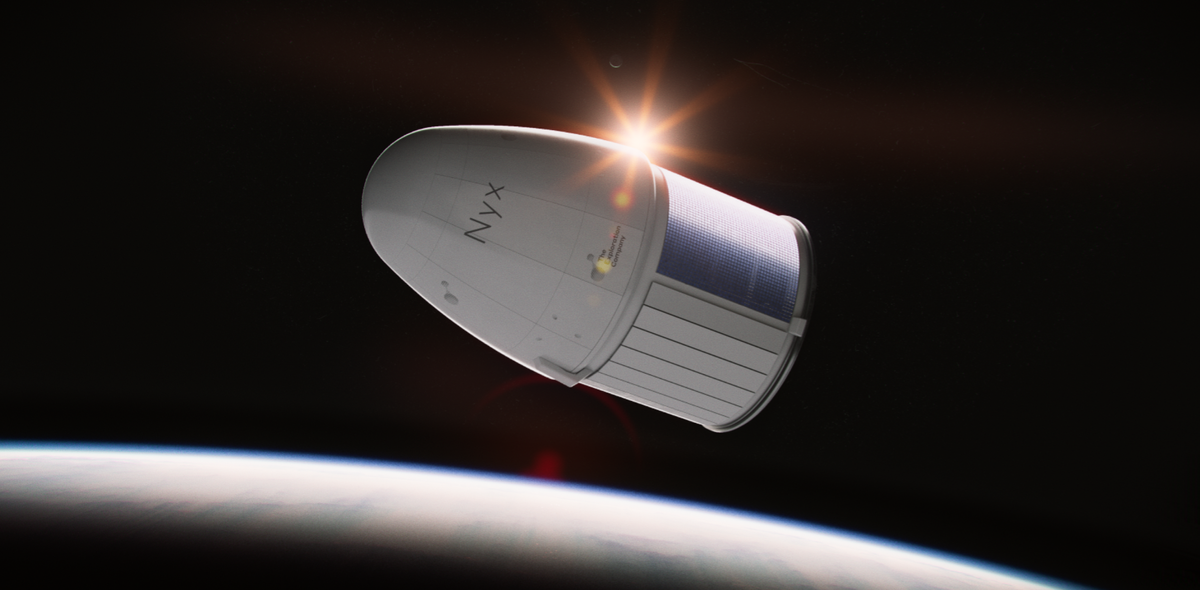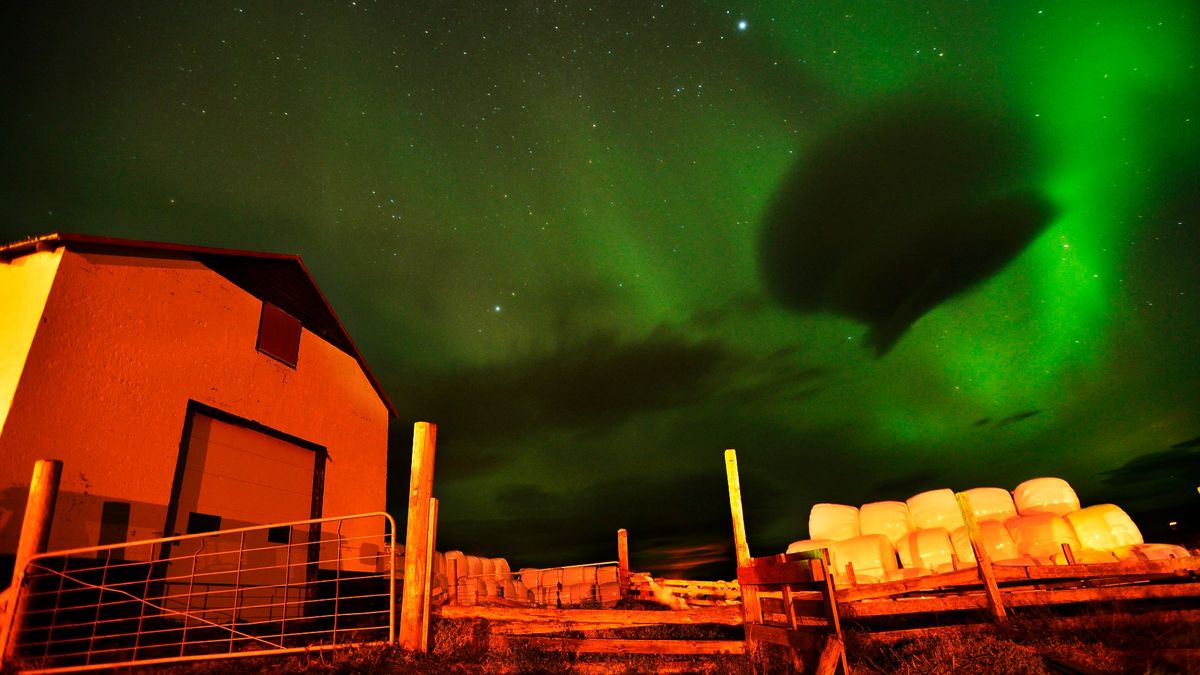Now Reading: Royal Observatory Greenwich Marks 350 Years of Shaping Modern Astronomy
1
-
01
Royal Observatory Greenwich Marks 350 Years of Shaping Modern Astronomy
Royal Observatory Greenwich Marks 350 Years of Shaping Modern Astronomy

Rapid Summary
- Royal Observatory Greenwich Anniversary: Celebrates 350 years as its establishment on June 22, 1675, by King Charles II to address maritime navigation challenges.
- longitude Achievement: Key focus was solving longitude measurement for safe ocean navigation; John Harrison’s clocks and Nautical Almanac enabled global use by the late 18th century.
- Prime Meridian & GMT: By 1884, Greenwich became the official Prime Meridian; introduced Greenwich Mean Time (GMT) as a global time standard.
- Astronomical Advancements: Beyond longitude, contributions include studying Earth’s magnetic field, binary star systems, and sunspot shifts using tools like the Great Equatorial Telescope.
- Changing Times for Observations: Astronomers moved telescopes from London due to light pollution post-WWII but continued scientific endeavors at alternate locations including Herstmonceux.
- Modern Role: Now a museum blending customary exhibits with modern astrophotography and astronomy outreach programs like Annie Maunder Astrographic Telescope.
Indian Opinion Analysis
India shares ancient parallels in astronomy’s role influencing its maritime capabilities during colonial expansion-a domain where navigation standards initiated at sites like Greenwich shaped global trade routes impacting regions such as India significantly during British reign consolidation phases educational diplomatic tokens likely eventual gbaseline
Stay Informed With the Latest & Most Important News
Previous Post
Next Post
Loading Next Post...
























